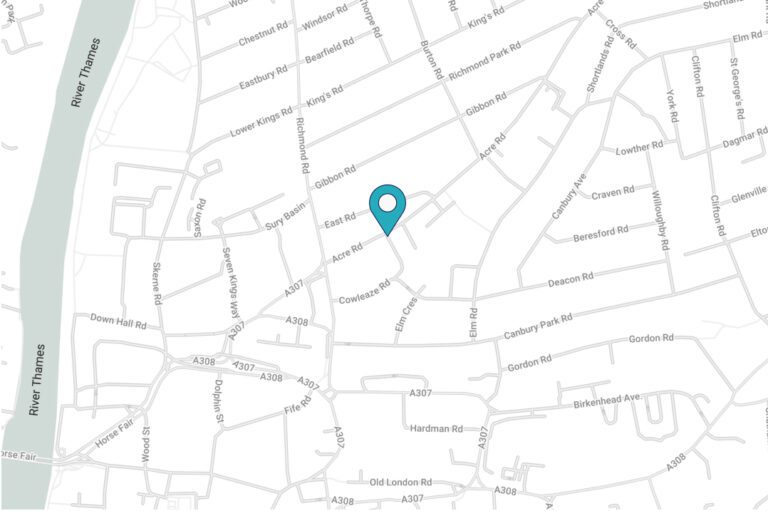One of the biggest challenges facing digital advertising or branded content is the disparity between aspiration and actual.
We’ve all seen car adverts, on TV and online, full of fun-loving millennials enjoying life to the max, windsurfing or zipping around town (they’ve obviously never tried to get around London!). These are adverts designed to appeal to a young demographic. And yet, the average age of a car buyer is in the 50’s. Why the disparity? This is even stranger when you consider the highly targeted nature of social advertising.
The push back I hear most often is that it’s all about aspiration. The older audience aspire to be younger. They see a young person driving a car and picture themselves in it. But is that really the case?
Recently, there have been a handful of campaigns and branded content I’ve noticed that challenge some of those preconceptions; from Fiat 500 with its ‘lose the labels’ campaign through to Vauxhall’s campaign for ‘pyjama mamas’ to feel comfortable dropping off their kids in their nightwear.
But, the majority of car ads I see are formulaic and feature the same sort of demographic and cliched imagery. I don’t buy that.
I think the older generation is buying the cars in spite of these adverts. Which makes me think, what would happen if they made adverts or content that our intended audience, or buyers, identify with? Surely that would lead to increased effectiveness? What would happen if we were honest about who our audiences were and put them at the heart of our creative?
It’s that disparity between what we think our audience looks and sounds like – and what they actually are – that drives a lot of our best branded content work for clients like Triumph. We understand that there are brand values to promote, but we also know that it can be done in a more identifiable way. We create content that attempts to talk in a way in which our audience identifies.
For Triumph, we were tasked with boosting awareness and interest in the brand’s A2 bike range, aimed at younger riders under 24. Rather than lump our younger audience in with older riders and show the bikes weaving in and out of corners on an improbably empty ocean road somewhere hot, we instead focused on our audience. What does their life look like? How would a bike fit into that life? What are their challenges?
Using those insights, we created a series of three videos that focused on different scenarios with which our audience could identify. For example, one scenario saw our female (shocking, I know – a woman riding!) meeting up with friends in town and, while her friends wait on public transport, our rider jumps on her bike and is away. Another saw a 5-a-side football player having a game with mates before jumping on a bike. Nothing earth-shattering there, I know, but they were scenarios that our audience could identify with. Which makes them more powerful.
We then pushed those videos out on social organically but, to get the biggest bang, we used targeted social adverts with a small advertising budget and managed to secure over 600 test ride leads. Simple but effective and a superb result.
It’s not rocket science I know, but it’s a formula we see working increasingly. Create nice branded content that’s done using scenarios, or in a tone of voice, that the audience we are trying to talk to identify with and promote it using digital advertising directly to those people. And it works.















